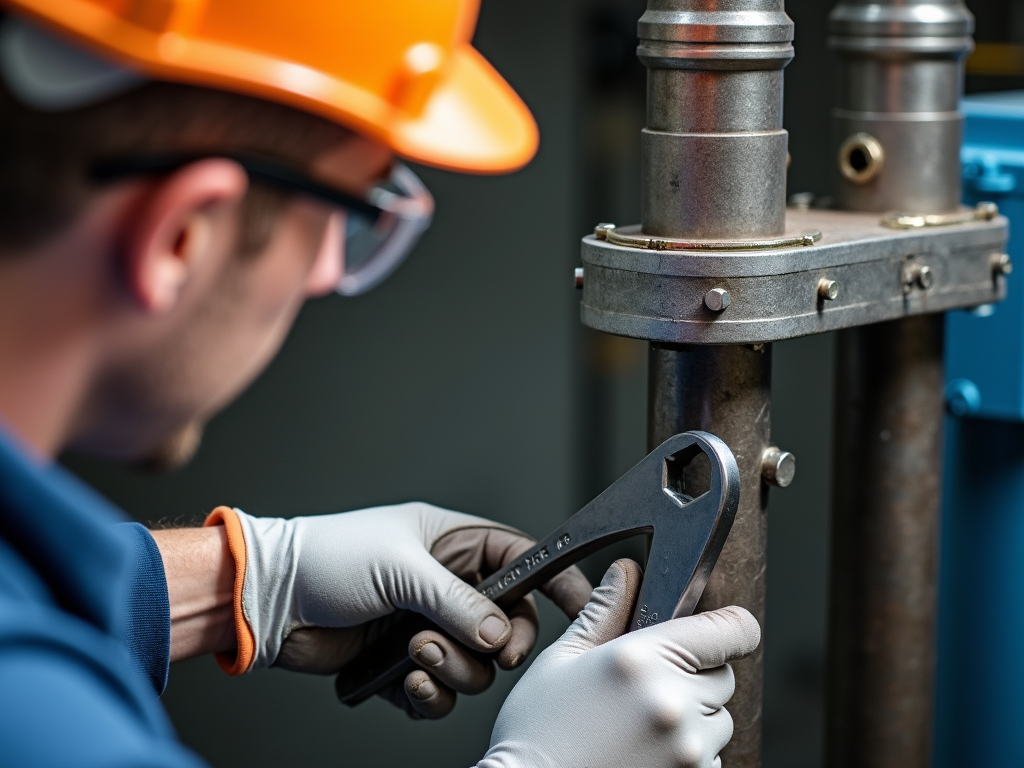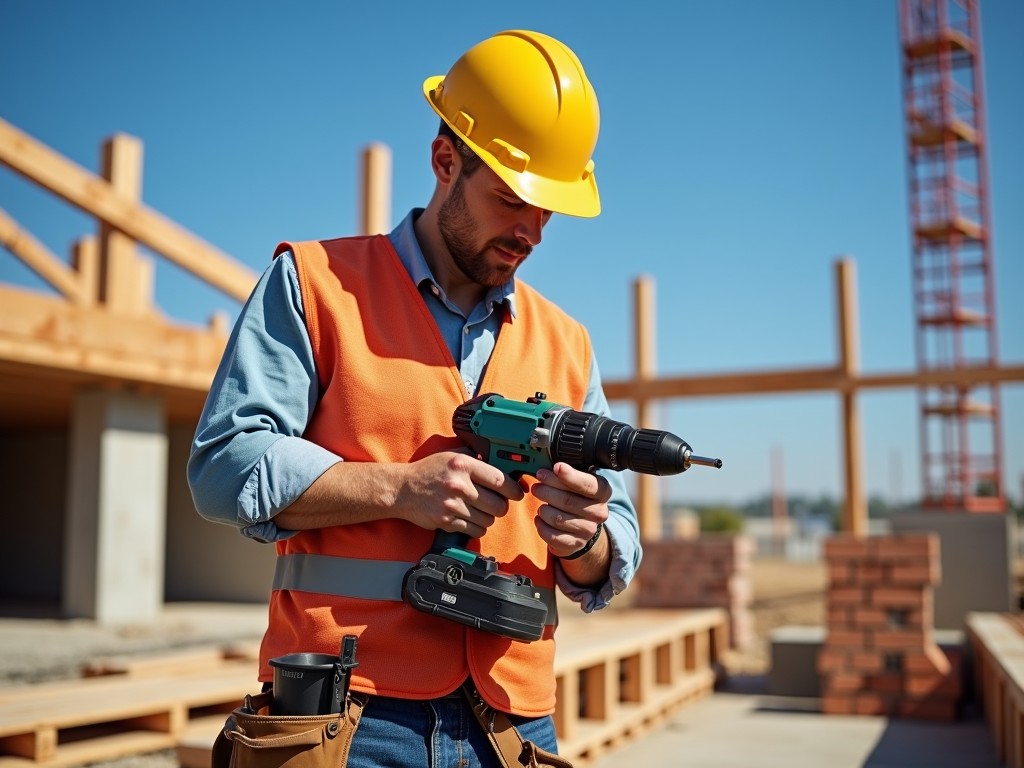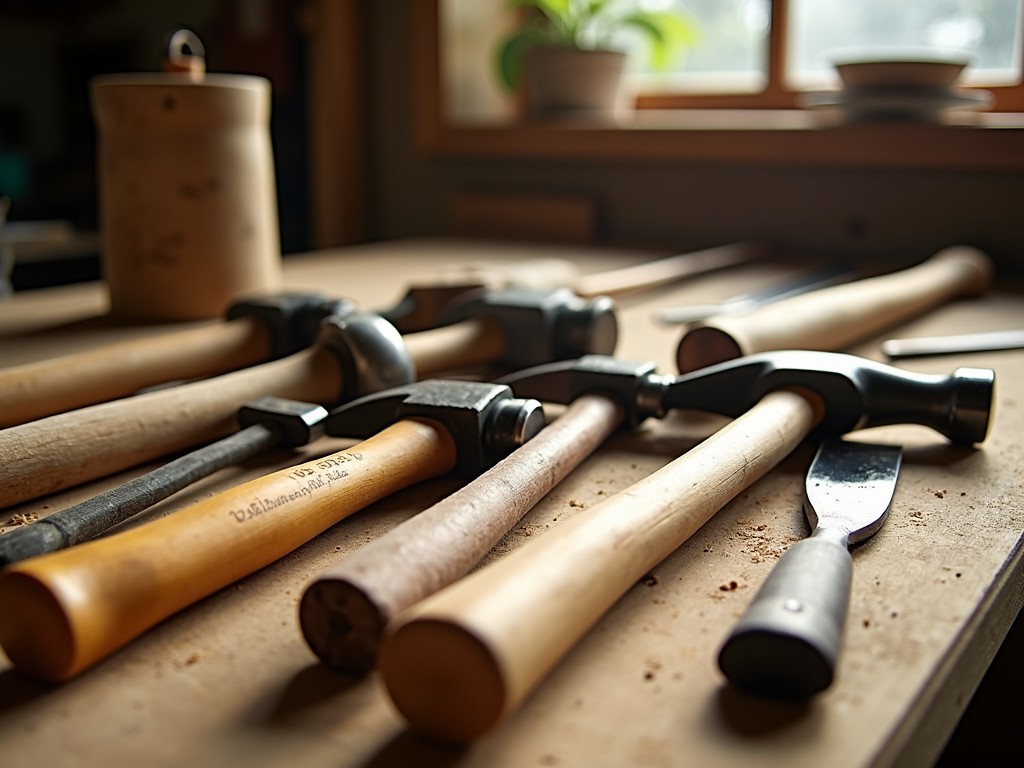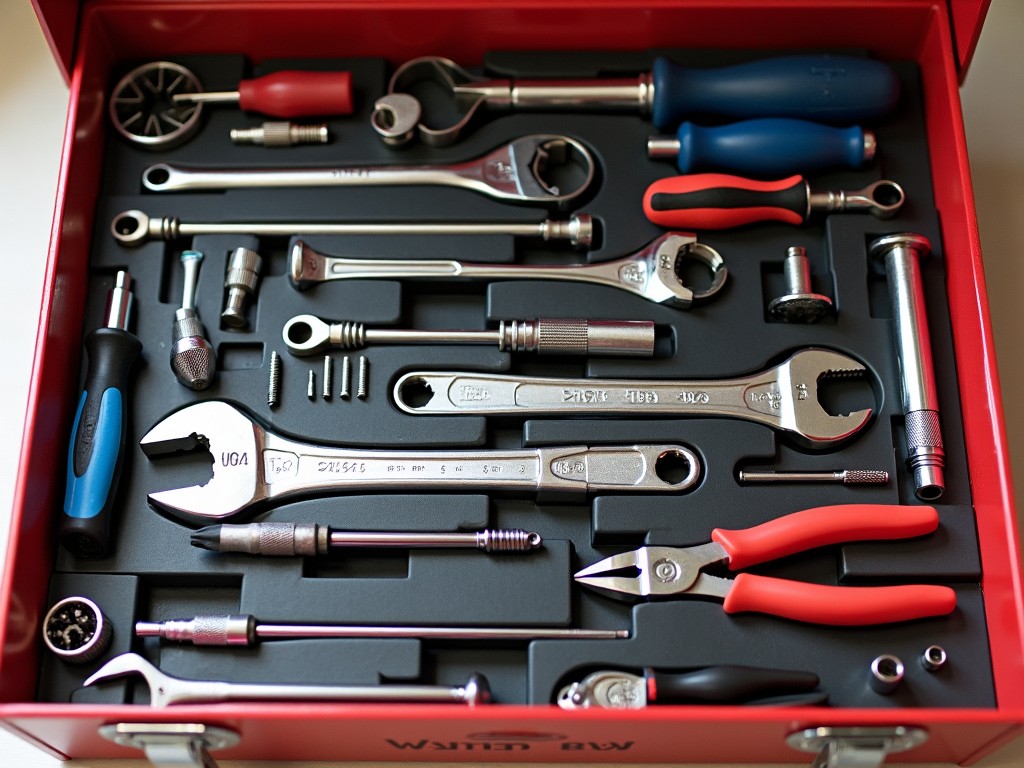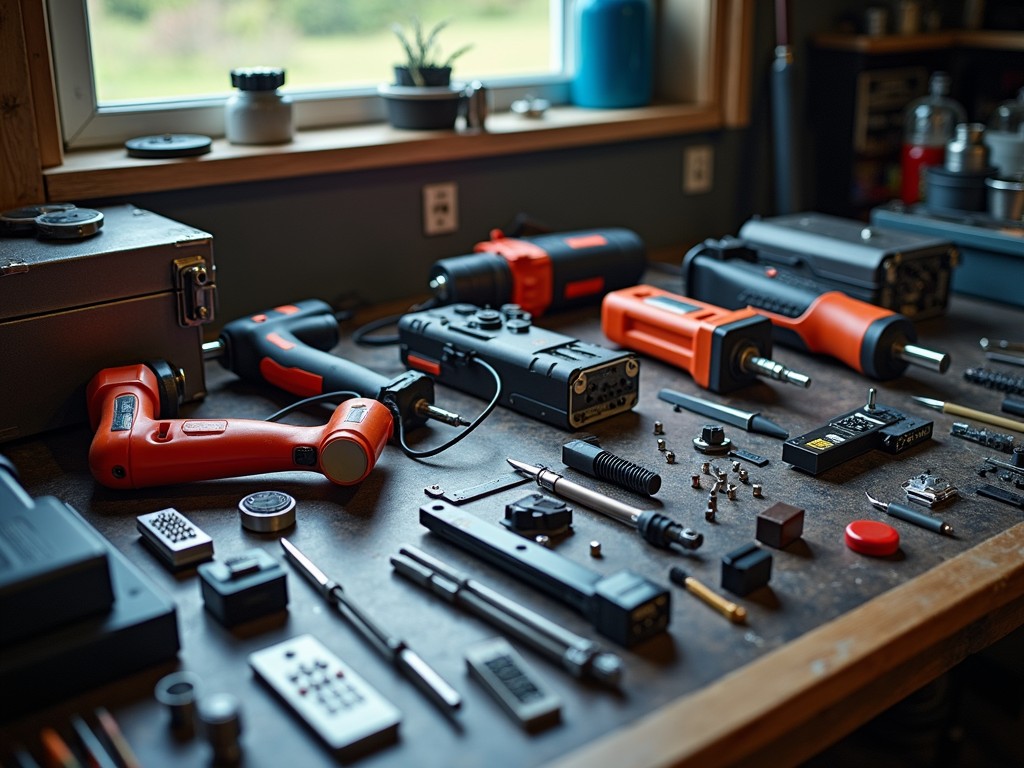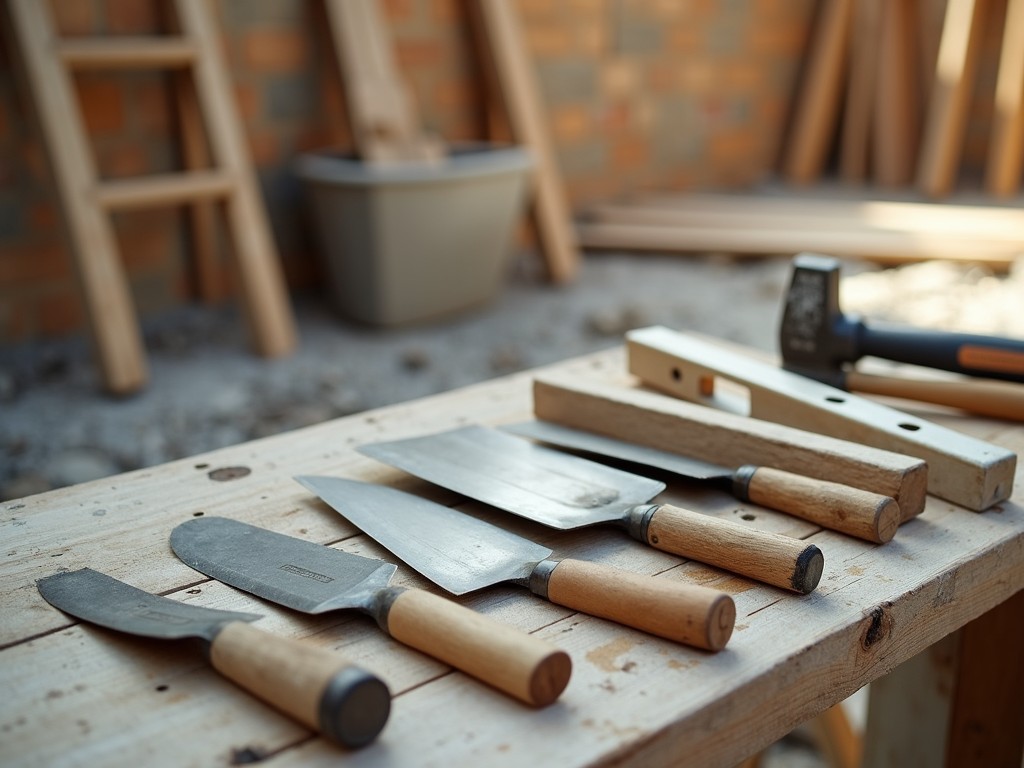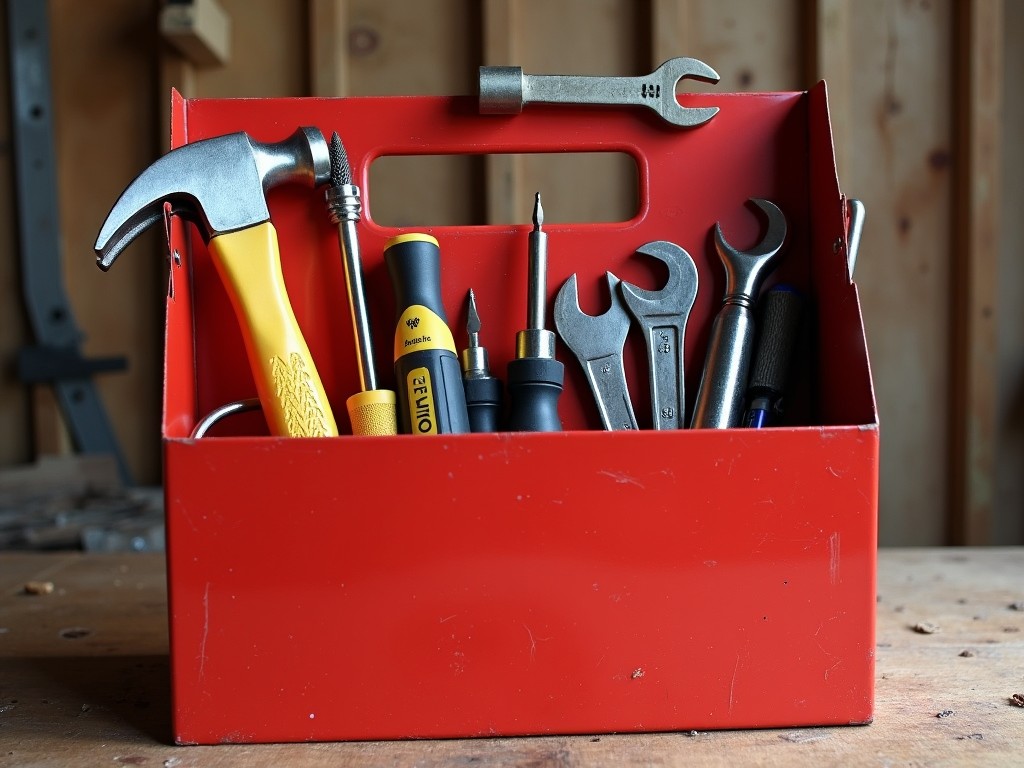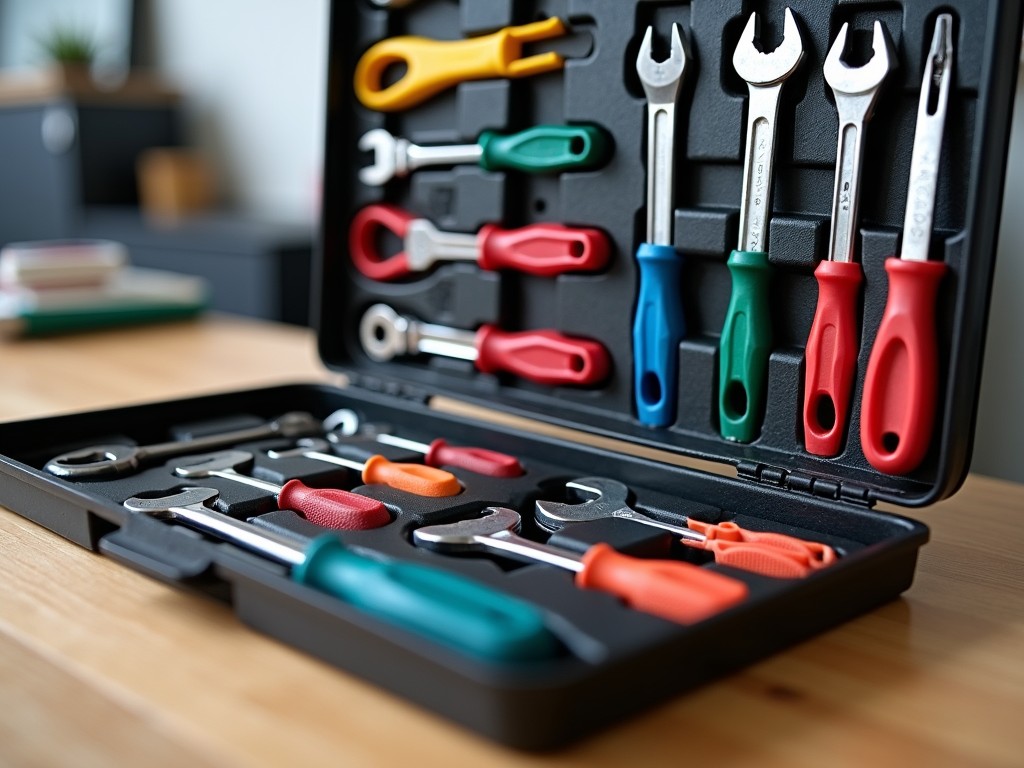How to Use Wrenches Safely: A Complete Guide
Working with wrenches safely isn't just about avoiding accidents—it's about optimizing your efficiency and maintaining your tools. This guide will walk you through everything you need to know.

The Basics of Wrenches
Wrenches are essential workman tools in every toolbox, perfect for tasks that require gripping, fastening, and applying torque. From your classic open-end wrenches to adjustable and socket variants, these tools allow for varied applications.
Types of Wrenches
- Open-End Wrench: Offers a quick grip on nuts and bolts, without the need to remove the tool entirely from the fastener.
- Box-End Wrench: Encloses the nut or bolt, providing better precision and torque.
- Adjustable Wrench: Versatile with movable jaws to accommodate different sizes of tensions.
- Socket Wrench: Commonly used for automotive tasks, providing more leverage.
Understanding the different types allows you to utilize the right wrench for every job, ensuring both accuracy and safety.
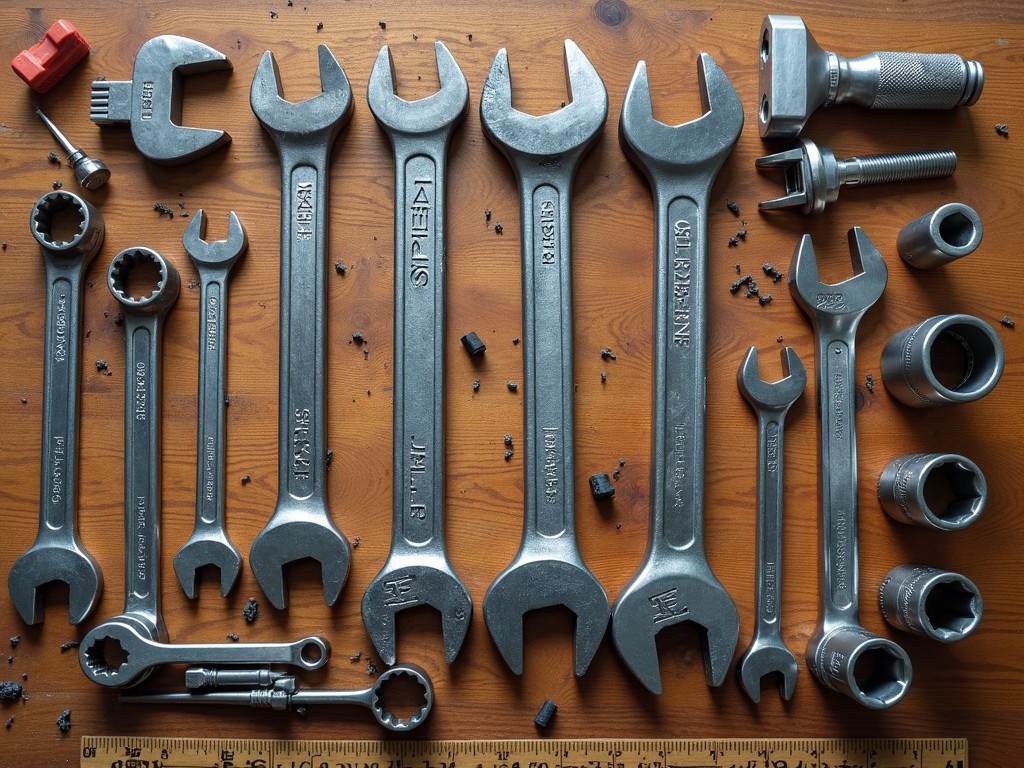
Using Wrenches Safely: Step by Step
To ensure you use these workman tools safely, follow these practical steps:
- Select the Right Wrench: Match the wrench to the task at hand. Using the wrong type or size can lead to slippage or damage.
- Inspect for Damage: Regularly check your tools for wear and tear. A damaged wrench can lead to accidents or injuries.
- Grip Correctly: Grasp the wrench at the correct angle and apply consistent pressure. Your body should align with your task to avoid strain.
- Apply Steady Pressure: Fasten or loosen by applying slow, steady pressure. If you feel resistance, stop and reassess your grip and angle.
By treating your wrenches with care and respect, you not only enhance their lifespan but also improve your personal safety.
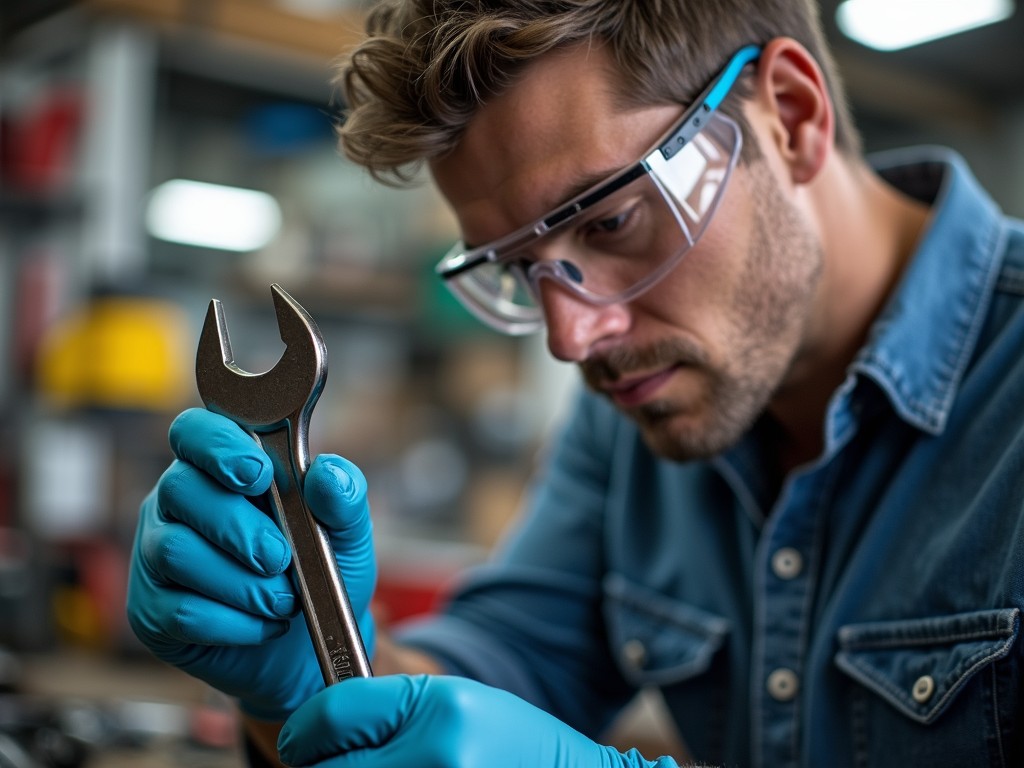
Personal Insights and Best Practices
Having worked with these crucial tools for years, I've learned that safety doesn't just come from using the right tool, but from understanding its potential and limits. Here are my top tips:
- Tool Maintenance: Keep your wrenches clean and regularly lubricate moving parts on adjustable types to prevent rust and stiffness.
- Ergonomic Practices: Choose tools with comfortable grips, especially for prolonged use, to reduce muscle strain.
- Environment Awareness: Ensure your workspace is well-lit and organized. Clutter can lead to accidents, so maintain a clean environment.
Each practice enhances your tool's effectiveness and minimizes risks, making tasks smoother and safer.
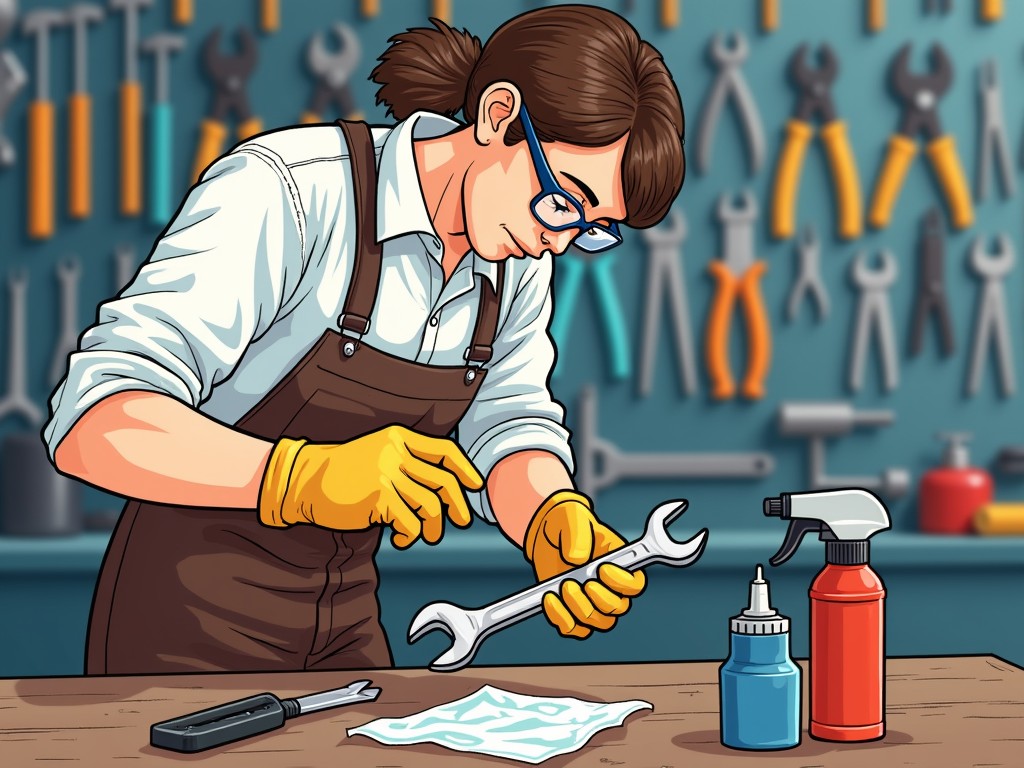
Quick Safety Checks Before Use
Before you engage in any task requiring a wrench, run through this checklist:
- Tool condition assessed and free from obvious defects
- Workspace clear and all tools within reach
- Protective gear worn, such as gloves and safety goggles
- Proper lighting available to clearly see your workspace
These simple precautions help safeguard against common accidents.
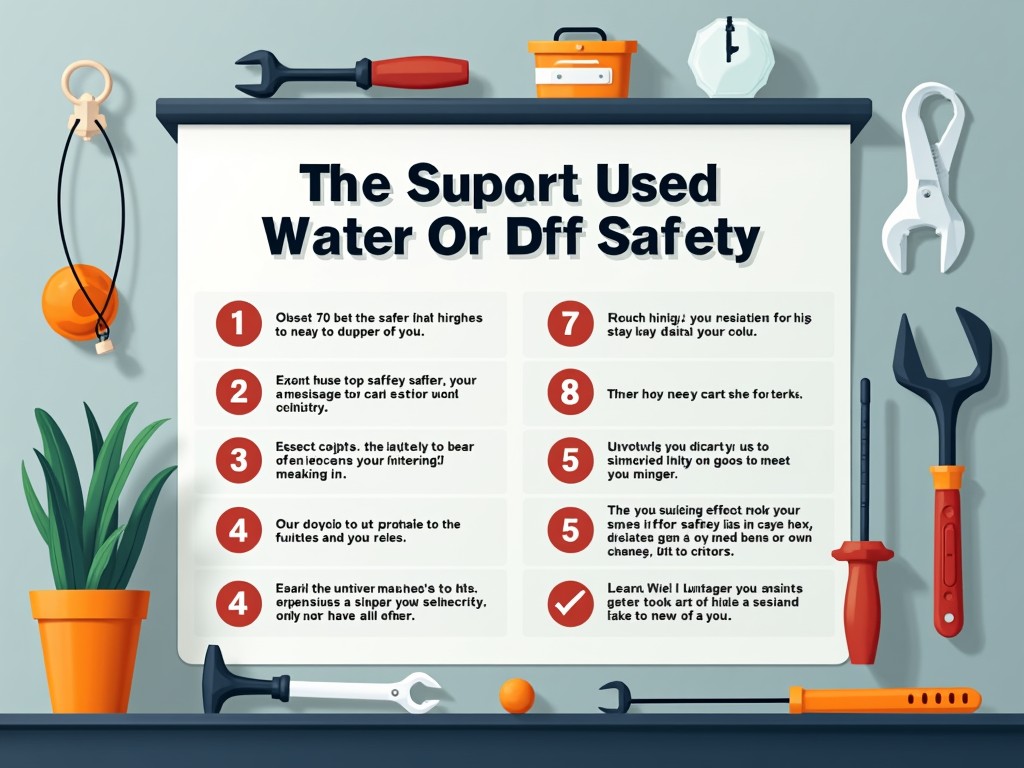
Conclusion
Using wrenches safely combines knowledge with practice. Whether you're a seasoned professional or a home improvement novice, understanding the different wrench types, the methods for their safe use, and the value of maintaining a clean work environment can transform your efficiency and safety.
Recommended Reading
To further your understanding and skills, consider these topics:
- "The Beginner's Guide to Essential Workman Tools"
- "How to Maintain Tools for Longevity"
- "Understanding Torque: What It Means and How to Use It Properly"
- "Safety Gear Essentials for DIYers"
- "Toolbox Organization Tips for Optimal Efficiency"
Related how to use wrenches safely:
- Safety Gear Essentials for DIYers: Protect Yourself While You Work
- The Beginner's Guide to Essential Workman Tools
- The Ultimate Guide to Tool Belts with Built-In Storage
- Innovative Construction Tools: Boost Efficiency on Site
- Tool Maintenance Tips for Optimal Performance
- Hand Tools Maintenance Tips: Complete Guide
- Innovative Electrical Tools for 2023: A Comprehensive Guide
- Comprehensive Guide to Construction Tools for Masonry Work
- Beginner's Guide to Workman Tools and Toolboxes
- The Ultimate Guide to Ergonomic Power Drills for Reduced Fatigue
- Hand Tools Safety: Guidelines for Every Enthusiast
- Innovative Workman Tools for Efficiency

